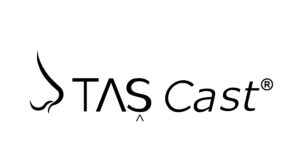
TAS Nose Cast®
TAS Nose Cast® is a new, innovative, and very effective nasal cast (splint) that brings a very successful solution in terms of healing faster after nose surgery.
After rhinoplasty (nose surgery), it is essential to preserve the form given to the nose by hours of workmanship and to prevent swelling of the tissues. It is one of the worst scenarios that can happen to a surgeon when noses that are shaped with a lot of effort are distorted by the effect of edema during the recovery period and the displacement of grafts or nasal bones. For this purpose, many products from plaster to metal plates have been tried, but none of them have achieved the desired success.
TAS Nose Cast® provides significantly less swelling and bruising compared to the classical cast (splint), and the swelling goes away much faster.
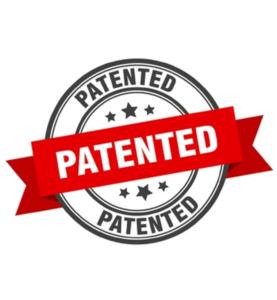
This invention was patented by the Turkish Patent Institute.
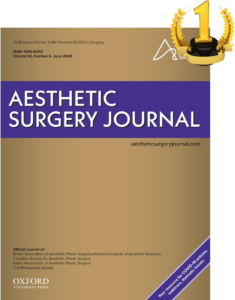
Published in the Aesthetic Surgery Journal, as Level 1 clinical study.
TAS Nose Cast®
1. Thermoplastic Cast
2. Special Adjustable Medical Elastic Bandage
3. Micro-Vibration Motor
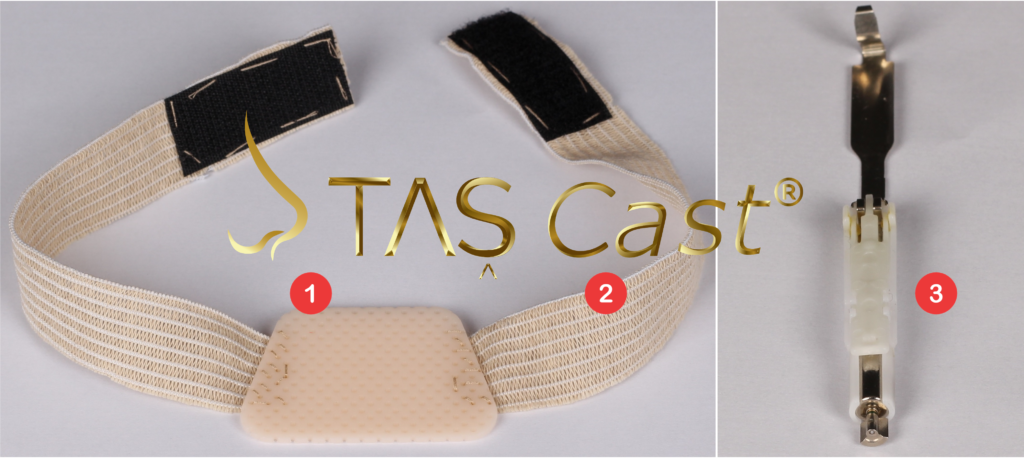
INNOVATION IS IN OUR DNA
Better Result
Fast Recovery
Preservor
Minimum Bruising
Minimum Swelling
Natural Pain Killer
Smart
Patented
Scientific
Washable
Comfortable
No Massage
Compatible w Face

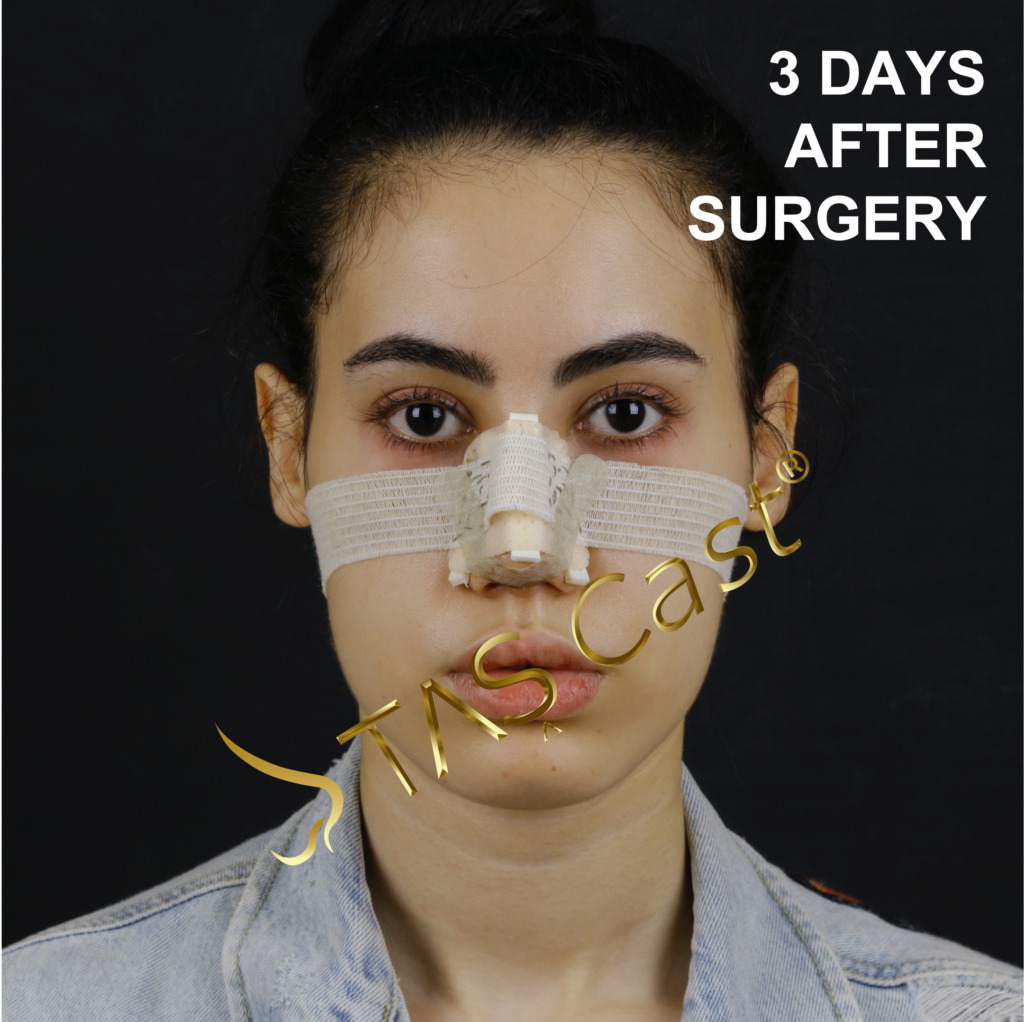

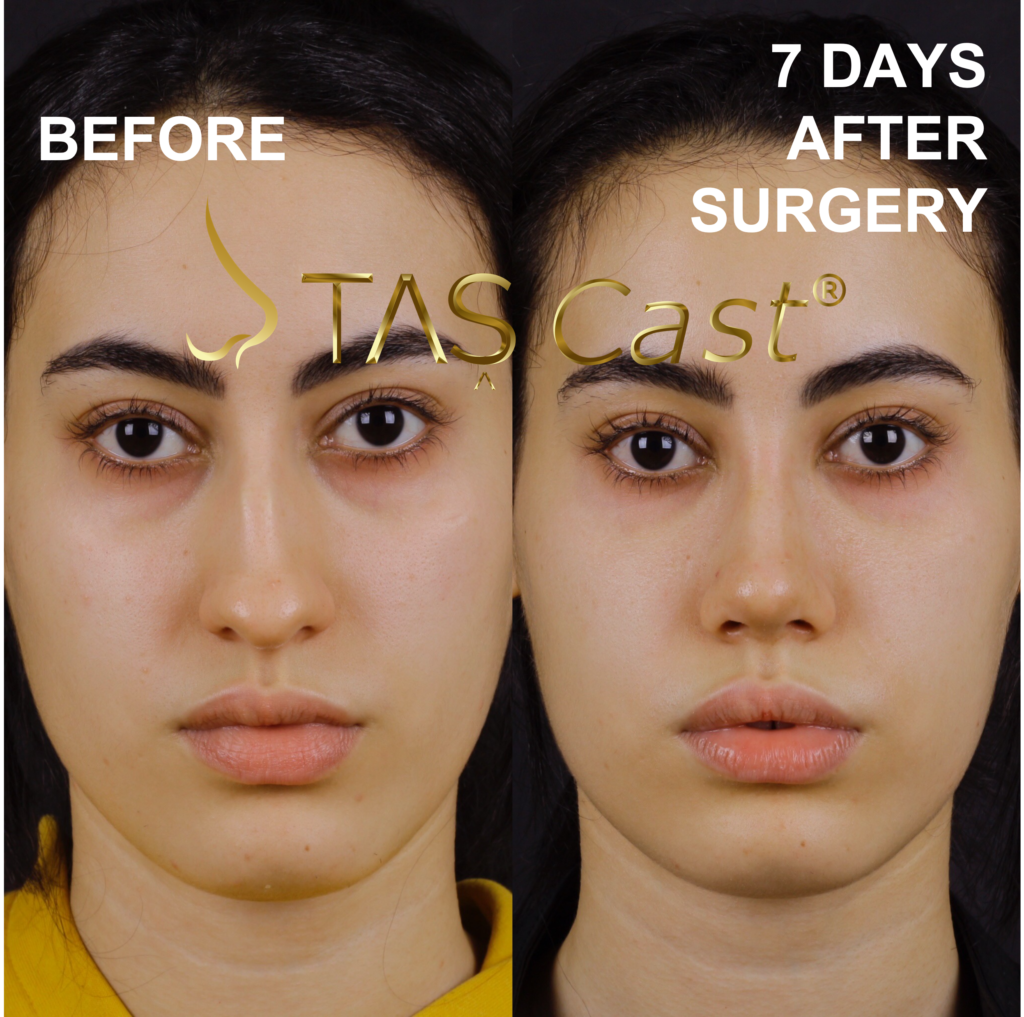
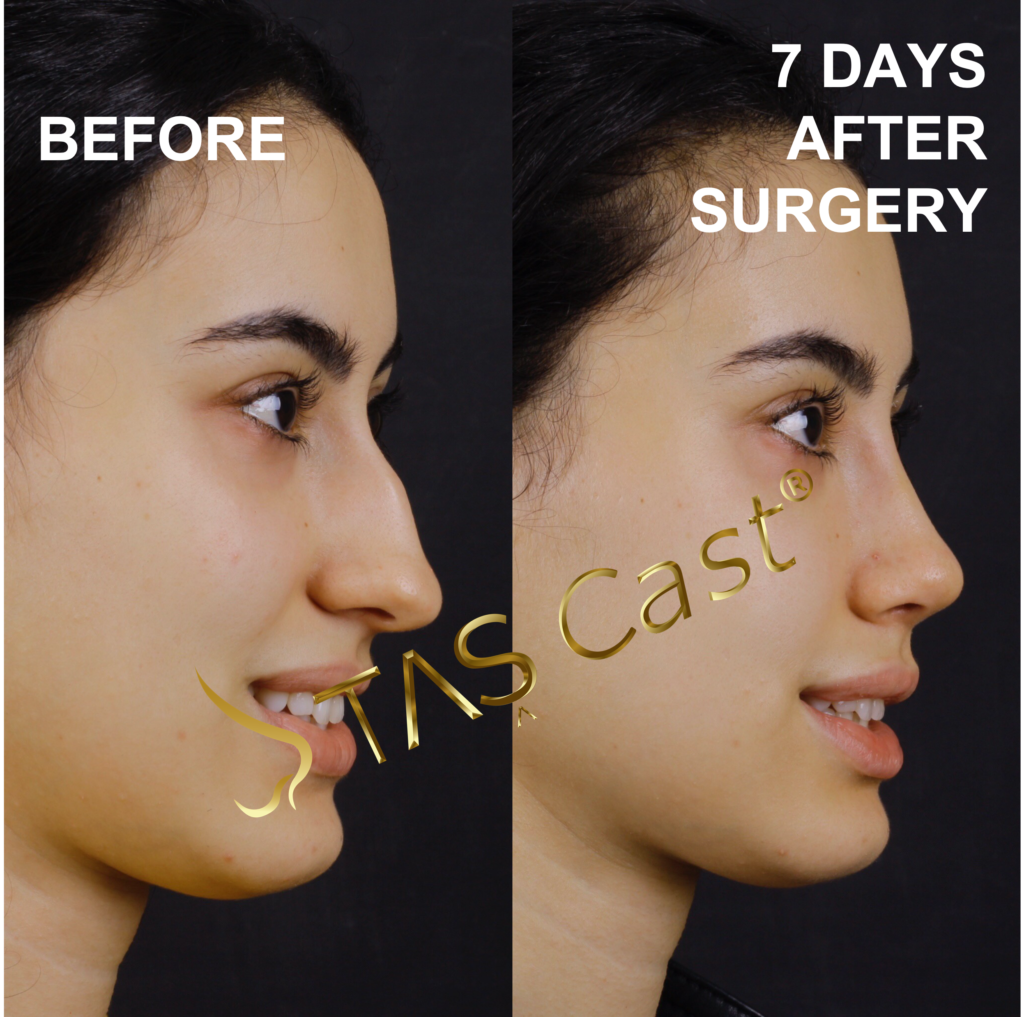

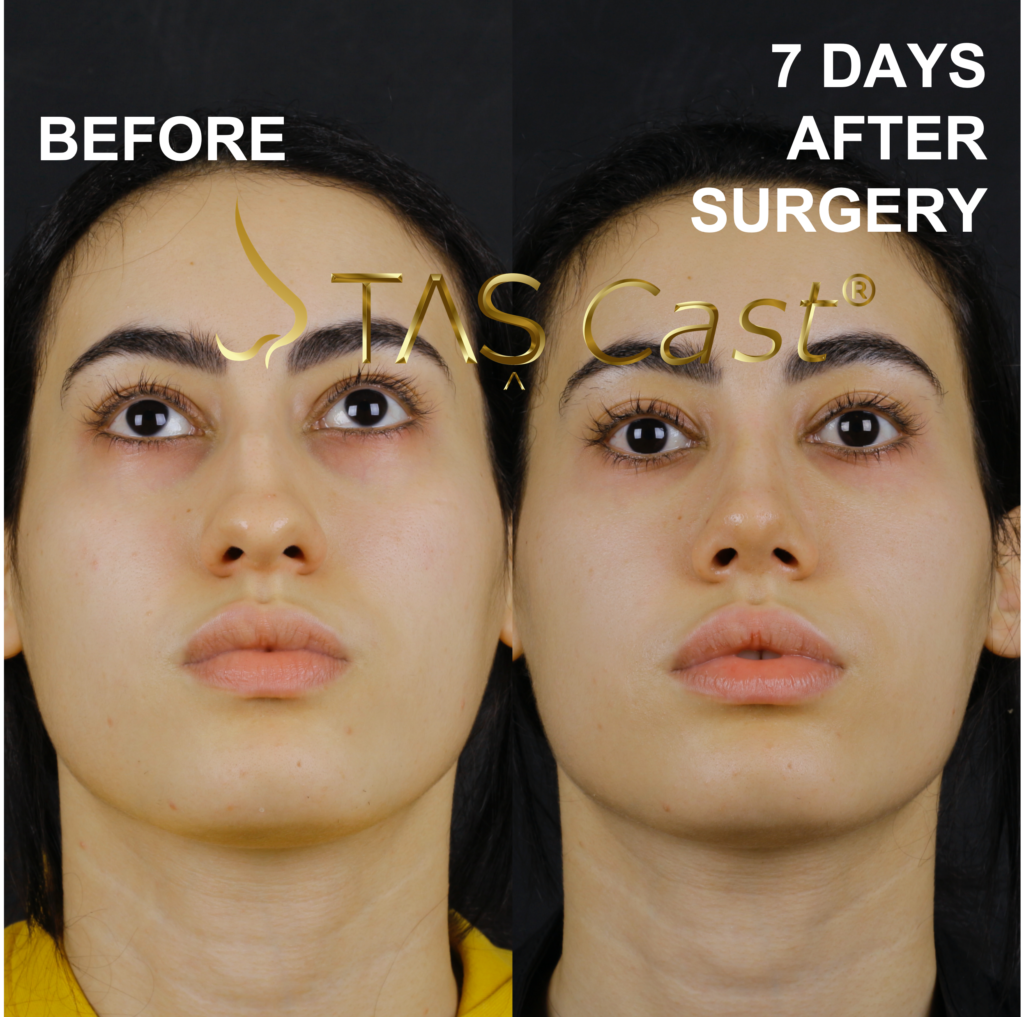
Before and 7 Days after the nose surgery, the patient’s edema is almost non-existent, and the result is as good as a result that can only be obtained in the 2nd month with classical casting (splinting) techniques. In today’s world, when everything is accelerating and time is the most precious concept, surgeons need methods that can offer faster and more comfortable solutions.
TAS Nose Cast® is a very important tool that can provide this.
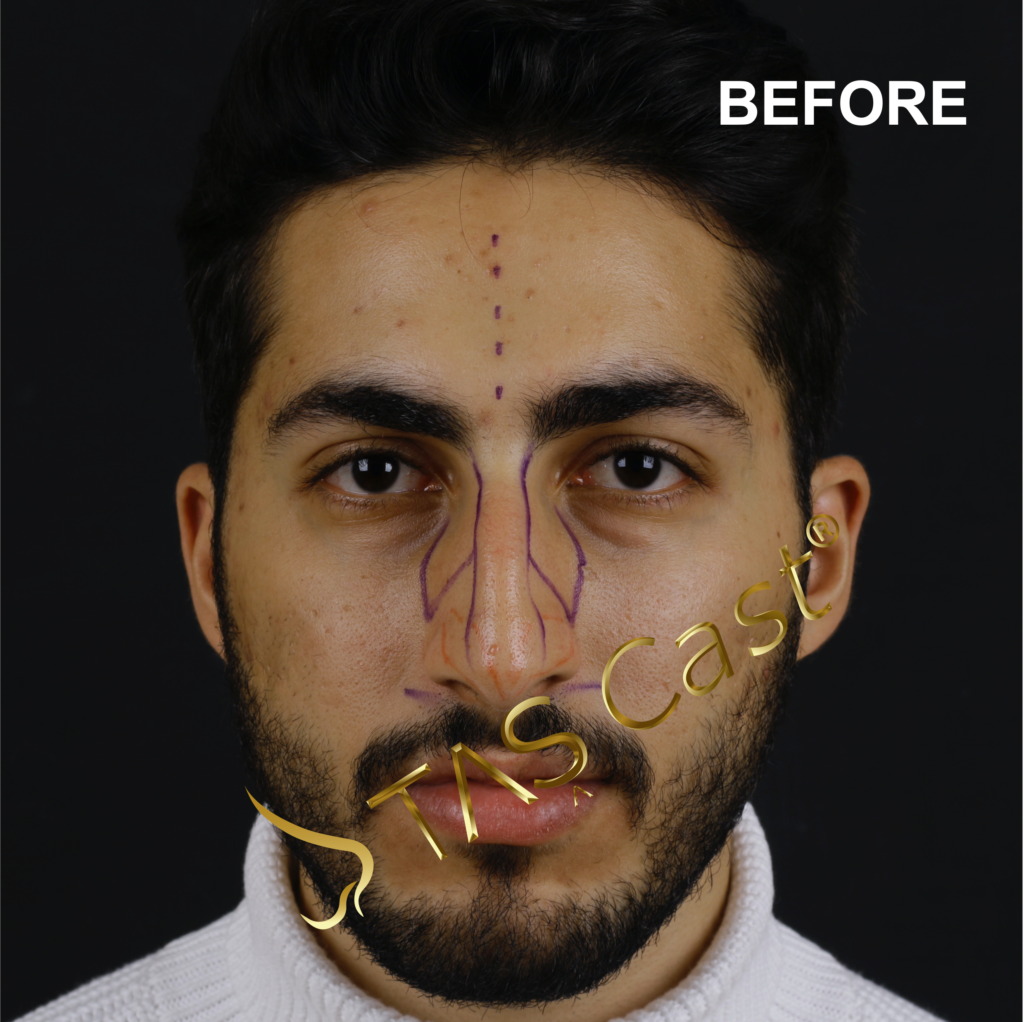

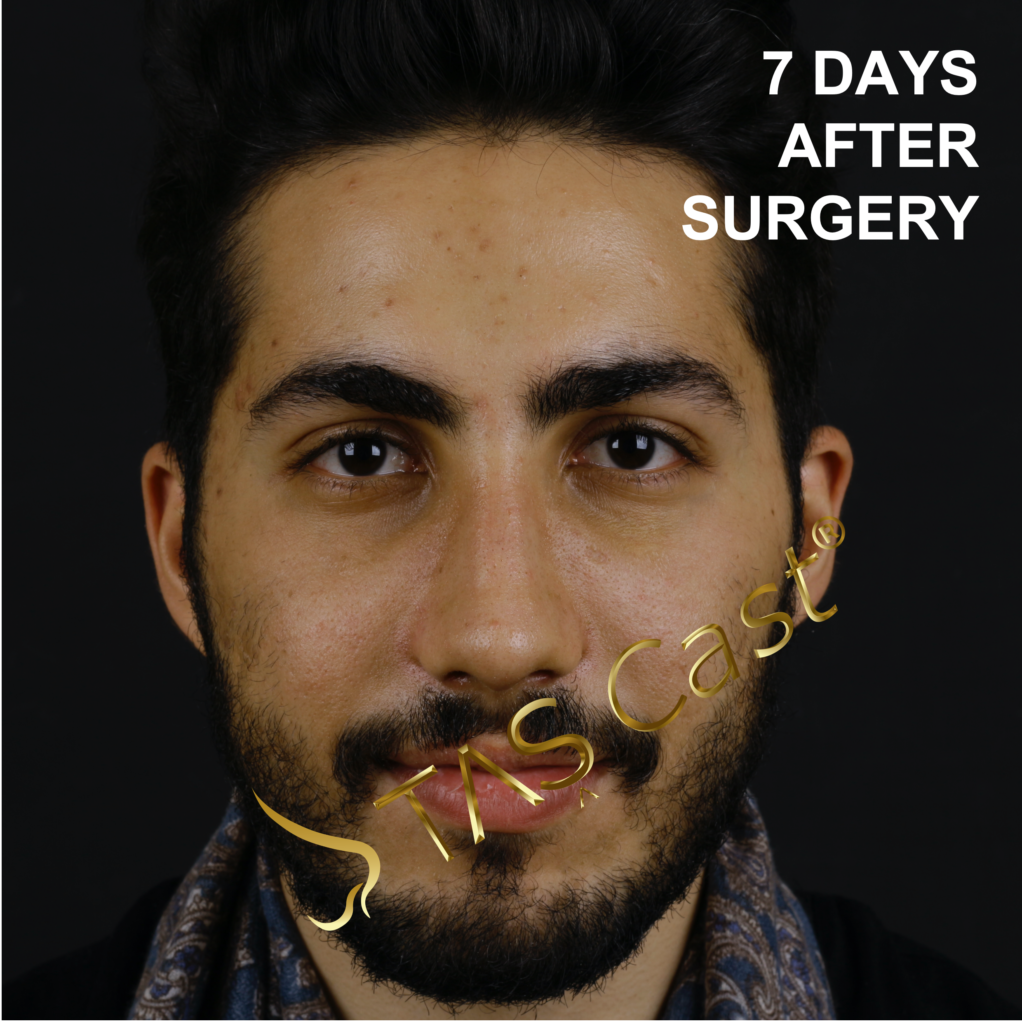
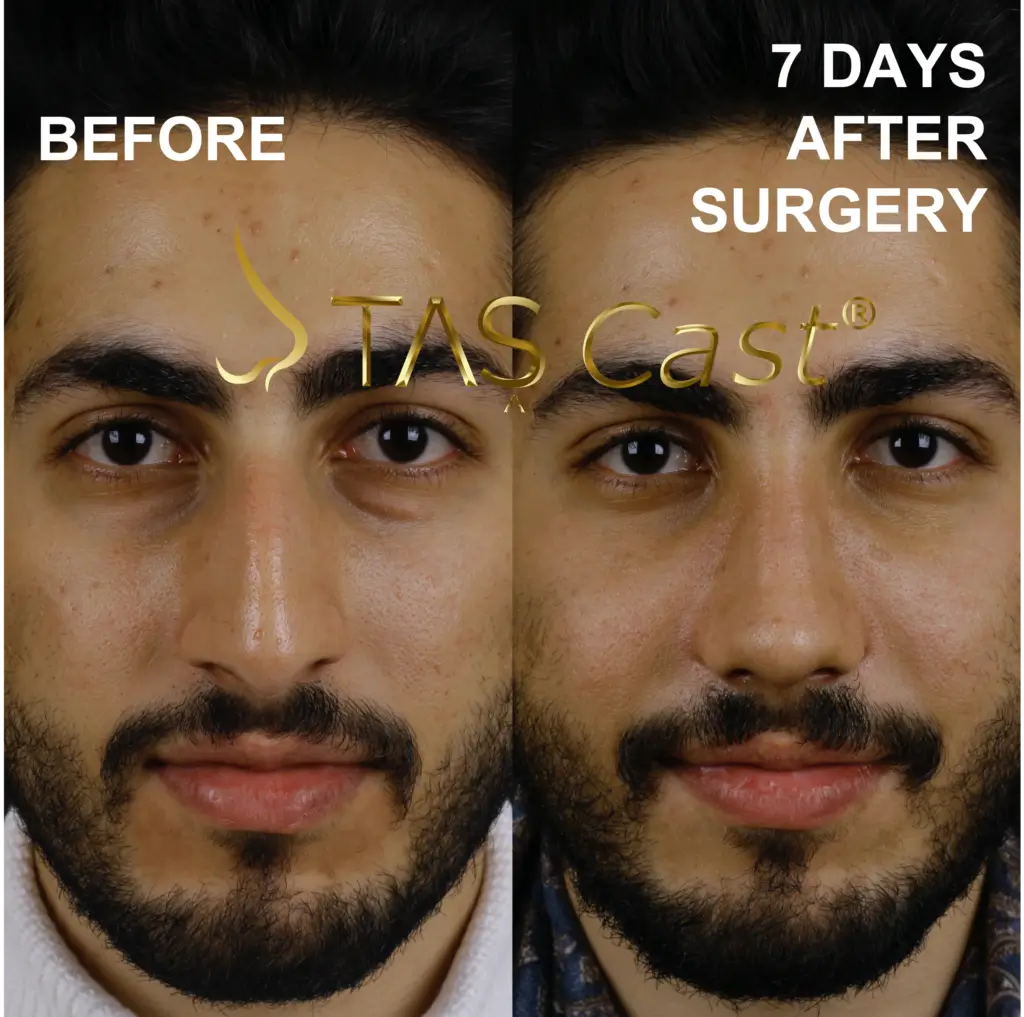
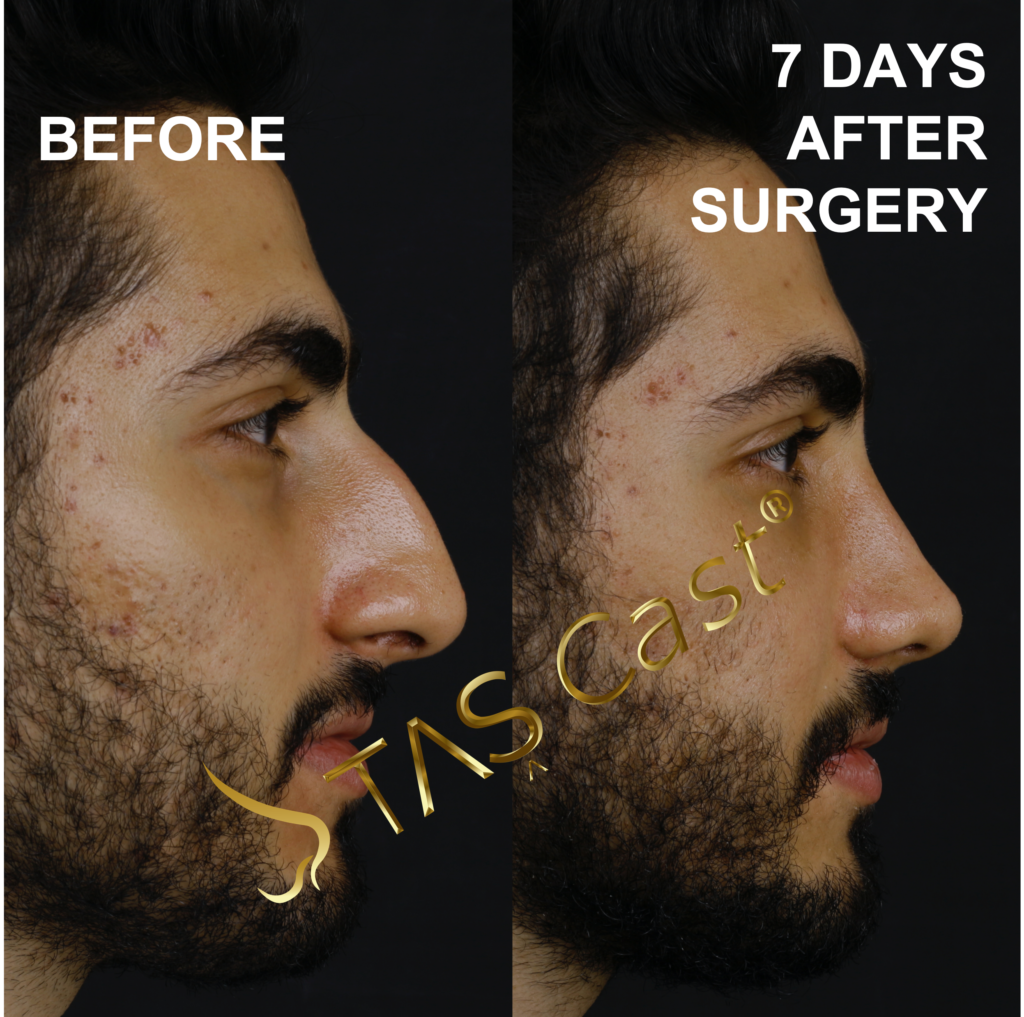

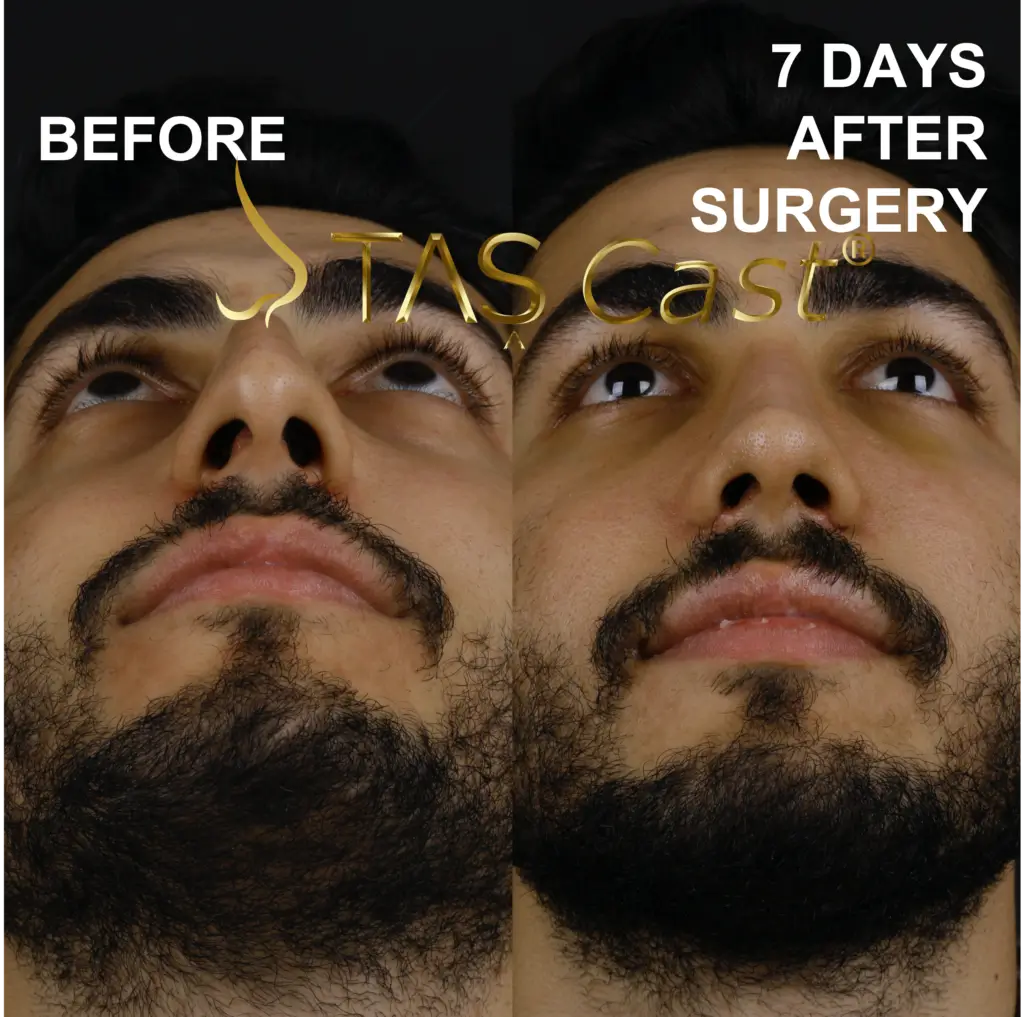
Before and 7 Days after the nose surgery. The male patient has thick, oily-skinned, severely large and humped nose. It is a known fact that after nose surgery edema occurs mostly in patients with thick skin. On the other hand, the most important causes of edema and ecchymosis are major procedures such as osteotomies and wing surgery. In this patient, all of these causes are present. Thanks to TAS Nose Cast, the result 7 days after the operation indicates minimal edema and no ecchymosis.
TAS Nose Cast® is a very important tool that can provide this.
TAS Nose Cast® Working Principle:
A) Effect of elastic bandage:
- After rhinoplasty surgery, it eliminates the edema that occurs especially around the eyes and spreads from the nose to the eye area, thanks to the light pressure it provides.
- It ensures that the cast (splint) effectively maintains the shape of the nose. In the classical splint technique, the splint always rises and the effect of the splint disappears due to excessive edema occurring in the first 48 hours after rhinoplasty surgery. TAS Nose Cast® protects the position of the splint by preventing this, so it continues to protect the shape of the nose.
- In the classical cast (splint) method, multi-layered strips are applied under the splint, but they close the pores of the skin, trigger sebaceous activity, and especially patients with thick and oily skin develop severe acne formation until the splint is removed, sometimes even patients cannot stand the itching due to this and consult the surgeon earlier. asks him to take his splint (Figure 4). In TAS Nose Cast ®, since the splint is effective enough on its own and provides the necessary gentle pressure, strips are not applied under TAS Nose Cast® and the skin’s contact with air is not blocked. In this way, oiliness and acne do not occur, symptoms such as itching are not observed.
- In the classical splint method, patients cannot take a shower, because if they do, the splint, which remains in place thanks to the adhesives, will easily separate from the nose when it comes into contact with water. This is a condition that affects both the comfort of the patient and the care of the skin, and therefore the inflammation in the nose. TAS Nose Cast®, thanks to its mechanical stability, does not prevent taking a shower, the patient can easily bring water and nose together after the first 2 days. This does not deform the splint or the nose.
- In the classical splint method, patients cannot laugh or bend down because they feel as if the splint will fall at any moment. There is no such risk in TAS Nose Cast®.
- TAS Nose Cast®, which can be easily removed thanks to the velpro system it has, can be allowed to return to his hometown after the patient is checked on the 2nd day after the surgery, and the patient can easily remove the splint on the 7th day and check online with his doctor.
B) The effect of the micro-vibration motor;
- Micro-vibration (low-magnitude, high-frequency vibration) has an acute analgesic effect, thereby reducing inflammation and reducing the patient’s need for painkillers. This effect is explained by the gate-control theory of pain.
- The micro-vibration increases the flow velocity of the lymph and blood vessels, thereby allowing the edema to dissipate faster.
- Micro-vibration accelerates wound healing by stimulating mesenchymal stem cells on tissues, increases tissue quality by stimulating differentiation of mesenchymal stem cells, activates anabolic effects and inhibits catabolic effects.
- Small bones in the body, such as nasal bones, heal more difficult and in a long time, and with the mechanisms triggered by microvibration, it helps the nasal bones to heal.
- Massage is started with microvibration therapy, which is started on the 4th day after the operation, before the splint is taken. Patients state that thanks to microvibration, their pain is relieved, the fluids in the nose begin to move, their congestion is cleared and they are relieved as comfort.
- Thanks to the neural stimulation made by micro-vibration, the possibility of developing post-operative sensitivity and inappropriate pain syndrome is minimized.
- Micro-vibration should not be applied for the first 72 hours after the surgery to prevent the clots formed at the end of the blood vessels from opening. This treatment starts on the 4th day of the surgery at the earliest, and can continue until the 7th day, that is, until the cast (splint) is removed. It can be applied with routines such as 3×30 minutes per day (morning, noon, evening), although it varies according to the locations and durations that the surgeon will show. This treatment is not applied if the patient has developed or is likely to develop any bleeding complications.
- TAS Nose Cast® is given to the patient after it is removed on the 7th day, the patient is asked to wear this cast (splint) before going to bed at night; He is asked to do this from time to time for 2 months, so that the nose remembers its former unswelled state and the patient may not need to massage thanks to the micro-vibration of the splint.
- TAS Nose Cast® offers the patient confidence and comfort; It was found that the patients’ VAS score, comfort, frequency of analgesic drug use, sebaceous activity, edema, and ecchymosis level were significantly better than the classical splinting method in the high-volume patient series performed (Figure 5-15).
Currently, there is no other treatment that can provide so much benefit without causing any harm to the patient and no side effects. Therefore, this innovative approach is an extremely important breakthrough and development in nose surgery.
FAQ
The following question may immediately come to mind, can we not get this effect by placing only a micromotor on the classical thermoplastic splint, without an elastic bandage? The answer is no, the reason is the principles of physics;
- When a source that emits vibrational energy is placed on a plate, the plate must be stationary in order for the vibration to transfer to the plate and from there to another surface in contact with it, otherwise the vibrational energy will be transformed into motion energy before it can be transferred to the next surface. In this case, the splint will not stay in place due to micro-vibration and will be dislocated. The elastic bandage fixes the plate, the thermoplastic splint, so that the micro-vibration can spread from the splint to the subcutaneous tissues, otherwise the micro-vibration energy is used to move the plate and vibration cannot be sent to the subcutaneous tissues. This, in turn, causes the splint to move the nose, causing harm instead of benefit.
References
1- Name of the Invention: Vibrating Nose Cast (Splint), Inventor: Suleyman TAS, Turkish Patent Institute Registration Number: 2016/14675
2-TAS S. The Effects of Vibration and Pressure Treatments in Early Postoperative Period of Rhinoplasty. Aesthet Surg J. 2019 Aug 13. pii: sjz226. doi: 10.1093/asj/sjz226. [Epub ahead of print] Aesthet Surg J. 2020 May 16;40(6):605-616 [Printed]
3- Carlson AR, Marcus JR. Commentary on: The Effects of Vibration and Pressure Treatments in Early Postoperative Period of Rhinoplasty. Aesthet Surg J. 2020 May 16;40 (6):617-618. doi: 10.1093/asj/sjz273.
4-TAS S. The Effects of Vibration Treatment in Rhinoplasty. Aesthet Surg J. 2020 Mar 26. pii: sjaa049. doi: 10.1093/asj/sjaa049. [Epub ahead of print] Aesthet Surg J. 2020 May 16;40(6):NP412-NP415 [Printed]
5- TAS S. Clinical Rhinoplasty: Algorithmic Approach to Modern Surgical Techniques. (Translated into Turkish: Süleyman Taş). Istanbul: Istanbul Medical Bookstores; 2021. (Original title of the book; TAS S. Rhinoplasty in Practice: An Algorithmic Approach to Modern Surgical Techniques. Taylor & Francis Group, CRC Press; Boca Raton – Florida, New York and London, 2022. DOI: 10.1201/9781003174165)

